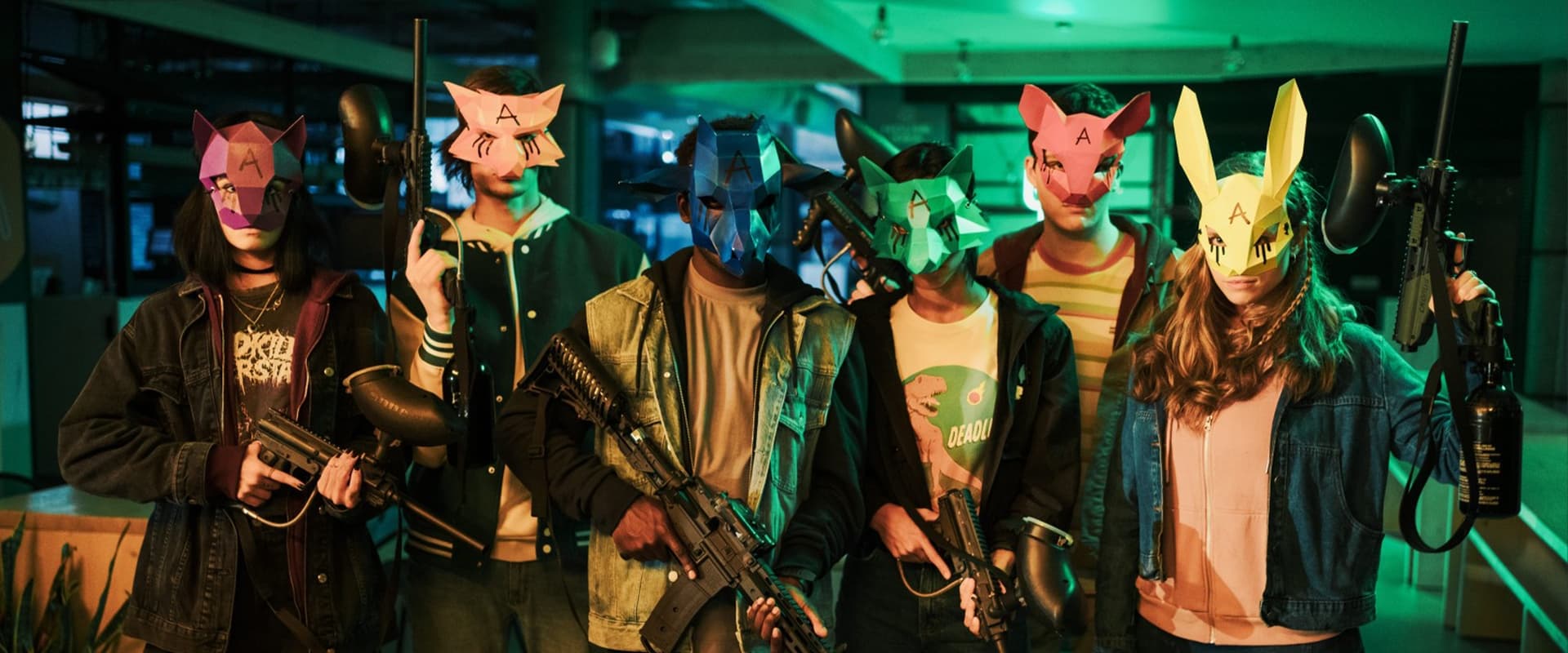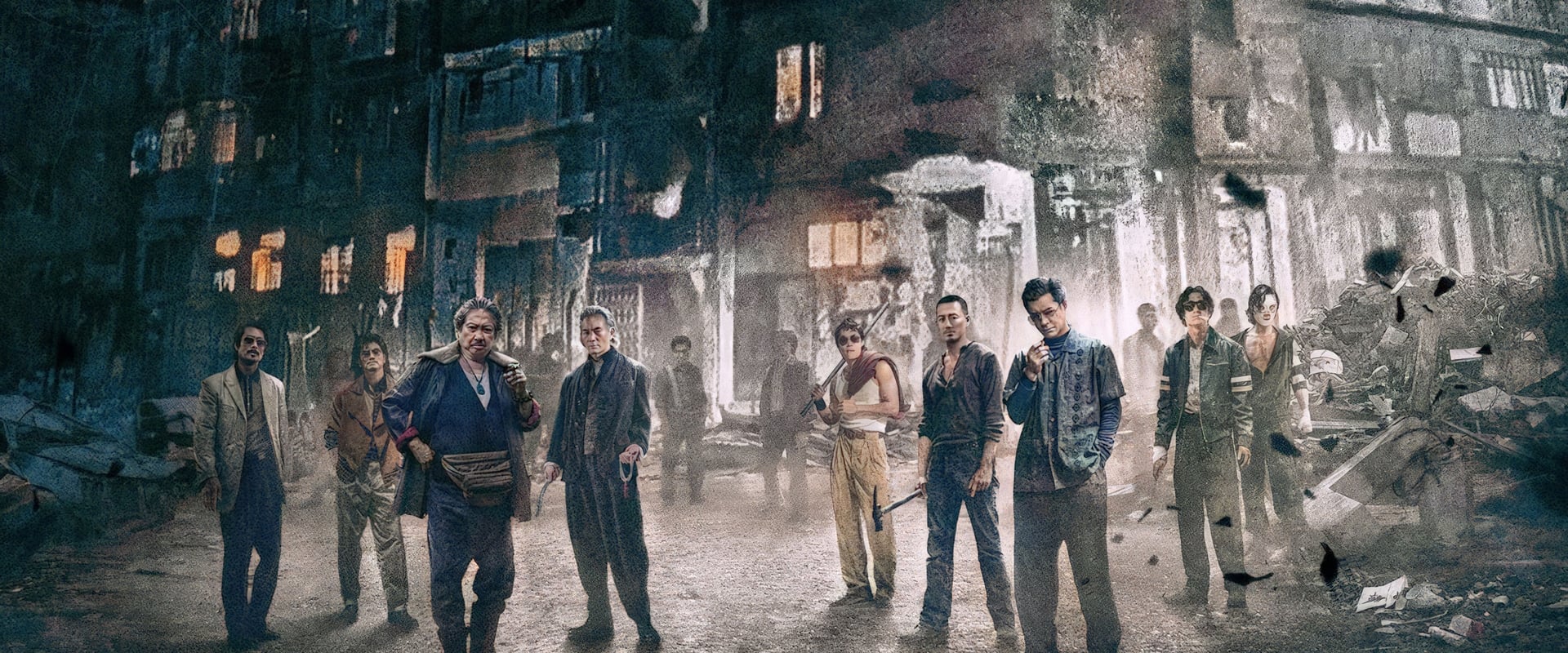I went into “The Six Triple Eight” with the hungry anticipation of someone starved for history not just dusted off, but spun into living, breathing cinema. I wanted to see whether Tyler Perry—a director more haunted by melodrama than most soap operas—could swing the emotional sledgehammer of the 6888th’s story without demolishing its nuanced bones. Uplift and disappointment wound themselves together in ways I hadn’t quite bargained on. This is a film that, like the letters our heroines deliver, manages to arrive at its destination—but the journey is messier than the postmark might suggest.
There’s pluck and ferocity in the premise: an all-Black, all-female battalion waging a little-known campaign in World War II—not with rifles, but with dogged, unheralded labor. Lena and Abram’s ill-fated romance is Perry’s invitation to the tragedy—love sundered by the war, the specifically American heartbreak of black and Jewish hope crashing into the brick wall of 1940s prejudice. When Abram falls, Lena enlists, her heartbreak transmuted into the sort of stoical sisterhood the movies have always adored. On paper, this is dynamite. On screen, it’s dynamite with a few too many dud fuses.
The early scenes promise the rush and tumble of history, but there’s a pattern here: for every note of authenticity, Perry can’t resist punching up the drama until it wobbles toward caricature. The world of the “white folks”—especially Dean Norris’ General Halt—is painted in such broad, cackling strokes, you half expect him to twirl his moustache and demand the mail never be delivered at all. Racism isn’t a shadow in the film; it’s a marching band. Don’t misunderstand me—the truth was ugly, and Perry is right to bang the drum. What’s missing is the sly, messy humanity you find in real cruelty, the sense that villains, too, are people ensnared by their era’s blindness. Instead, the antagonists come at us like standardized obstacles on an assembly line.
Any doubts about the film’s commitment evaporate when Kerry Washington strides onto the screen in uniform as Major Charity Adams. Washington doesn’t just act; she radiates purpose. Where the script drapes her in good intentions, she fills in the missing dimensions with a glance, a sigh, a set jaw. In a film that too often tells us who its characters are rather than letting us discover them, Washington is the rare actor who lets us feel the weight of command and the tender ache beneath it.
And yet, this very excellence exposes the film’s hollowness elsewhere. The rest of the battalion—Ebony Obsidian’s Lena gets the lion’s share of secondary attention—exist mostly as file-cabinet biographies: recruits introduced as if they’re about to step into a group photo, rather than into our hearts. For a story about collective struggle, it’s a shame that only Lena is permitted anything resembling complexity. The other women are less characters than adornments, a series of names and faces with no backstories beyond the punch of an introduction.
Even Charity Adams herself remains curiously obscure. Who was she before her commission? What splinters and secrets does she keep? Instead of letting us walk alongside her, the film positions her as already legendary, already heroic—an omission that robs her victories of true emotional bite. It’s as if Perry, desperate to canonize his subject, neglects to let us meet the woman whose name rings out by film’s end.
You can sense Perry’s ambition—he wants to make you feel, and by heaven, he’s going to make you cry if it takes twenty swelling violins and a sunrise behind every tear. He wrings out urgency and tension, especially in scenes where the women rise to seemingly impossible tasks. You cannot leave unmoved by the sheer, grinding mountain they’re forced to climb. But for every subtle moment of camaraderie, Perry delivers an overhand pitch of melodrama that blunts the very themes he intends to sharpen. Worse, he lets emotion outpace observation. How much more gripping might this film have been if, instead of foregrounding outrage, it had trusted the ordinary gestures—laughter, exhaustion, a whispered word at lights out among the bunks?
“The Six Triple Eight” means to raze a monument to resilience, but it sometimes forgets that monuments are only as enduring as the stories etched into their stones. There is a story here; Perry, for all his well-polished technique, only half trusts it to do its work.
Where “The Six Triple Eight” succeeds is as a cry for recognition: the steady, quiet power of black women bent beneath the two-fold weight of war and prejudice. It’s about sisterhood, about labor, about the small, repetitive acts of courage history has always swept to the margins. The scene of Lena discovering her lost letter is achingly sincere, a rare moment when Perry’s desire to move us finds its mark.
Yet, too often, the film is neither as deep nor as various as its subject. Racism is a slo-mo avalanche, barreling through every conversation; sisterhood is asserted, not lived. Each tear and triumph lands exactly as Perry intends, but rarely do they catch us by surprise. “Hidden Figures,” “A League of Their Own”—these are films that let us dwell with their heroines, knitting their victories from the tangled wool of character. “The Six Triple Eight” seems, instead, to assume we’ll fill in the emotional blanks ourselves.
It’s impossible not to compare this with Perry’s earlier, more bombastic films. “The Six Triple Eight” vaults over the easy laughs and manufactured catharsis of “Madea’s Family Reunion,” but the impulse toward melodrama remains. Like “Acrimony,” it’s a film that wears its intensity like a warning light—sometimes deft, often blinding. But where Ava DuVernay found poetry in marches and silent suffering in “Selma,” Perry can’t bring himself to quiet the soundtrack long enough for us to hear the heartbeat beneath the history.
So, is “The Six Triple Eight” a triumph? In the sense that it tells a story too long disregarded, and does so with a measure of passion that honors its subjects—it is. Kerry Washington gives a performance so fiercely committed that the film trembles around her. I left the theater stirred, yes—how could you not be? But also aching for a different kind of artistry: a film that trusted its remarkable women enough to show us not just what they did, but who they were.
For all that, this is a film that matters. Its flaws are the flaws of reverence, not cynicism. Perry’s reach may exceed his grasp, but by the closing credits, the 6888th have finally received the recognition they earned—and after so many lost letters, even that small delivery is enough to move mountains.
The movie is good, occasionally stirring, but not yet the classic these women deserve. Watch it for Washington’s radiance and for the history it refuses to let fade away. If only the rest of the characters had received half as much care as the postal parcels they sort.


